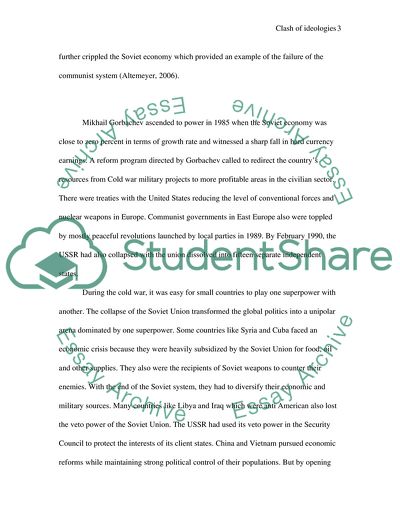Cite this document
(Clash of Ideologies Essay Example | Topics and Well Written Essays - 4750 words, n.d.)
Clash of Ideologies Essay Example | Topics and Well Written Essays - 4750 words. Retrieved from https://studentshare.org/politics/1713222-as-the-struggle-between-the-left-and-right-diminshes-is-there-a-new-war-delevoping-between-authoritarians-and-libertarians
Clash of Ideologies Essay Example | Topics and Well Written Essays - 4750 words. Retrieved from https://studentshare.org/politics/1713222-as-the-struggle-between-the-left-and-right-diminshes-is-there-a-new-war-delevoping-between-authoritarians-and-libertarians
(Clash of Ideologies Essay Example | Topics and Well Written Essays - 4750 Words)
Clash of Ideologies Essay Example | Topics and Well Written Essays - 4750 Words. https://studentshare.org/politics/1713222-as-the-struggle-between-the-left-and-right-diminshes-is-there-a-new-war-delevoping-between-authoritarians-and-libertarians.
Clash of Ideologies Essay Example | Topics and Well Written Essays - 4750 Words. https://studentshare.org/politics/1713222-as-the-struggle-between-the-left-and-right-diminshes-is-there-a-new-war-delevoping-between-authoritarians-and-libertarians.
“Clash of Ideologies Essay Example | Topics and Well Written Essays - 4750 Words”, n.d. https://studentshare.org/politics/1713222-as-the-struggle-between-the-left-and-right-diminshes-is-there-a-new-war-delevoping-between-authoritarians-and-libertarians.


